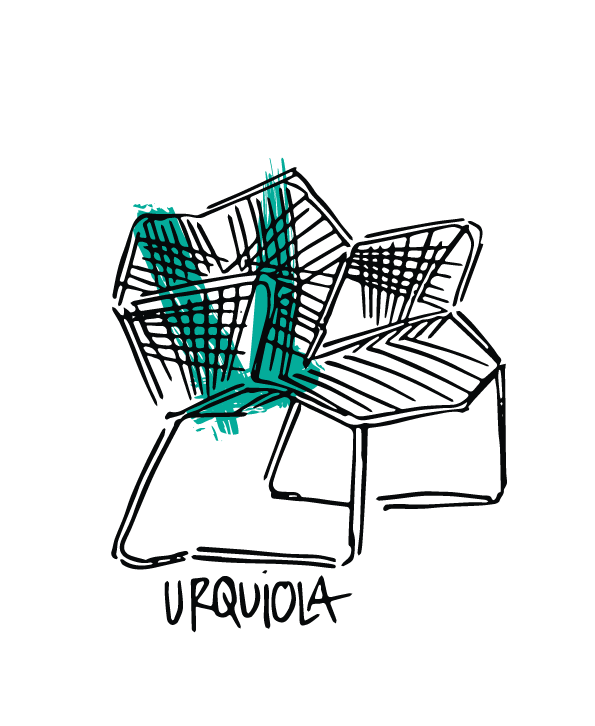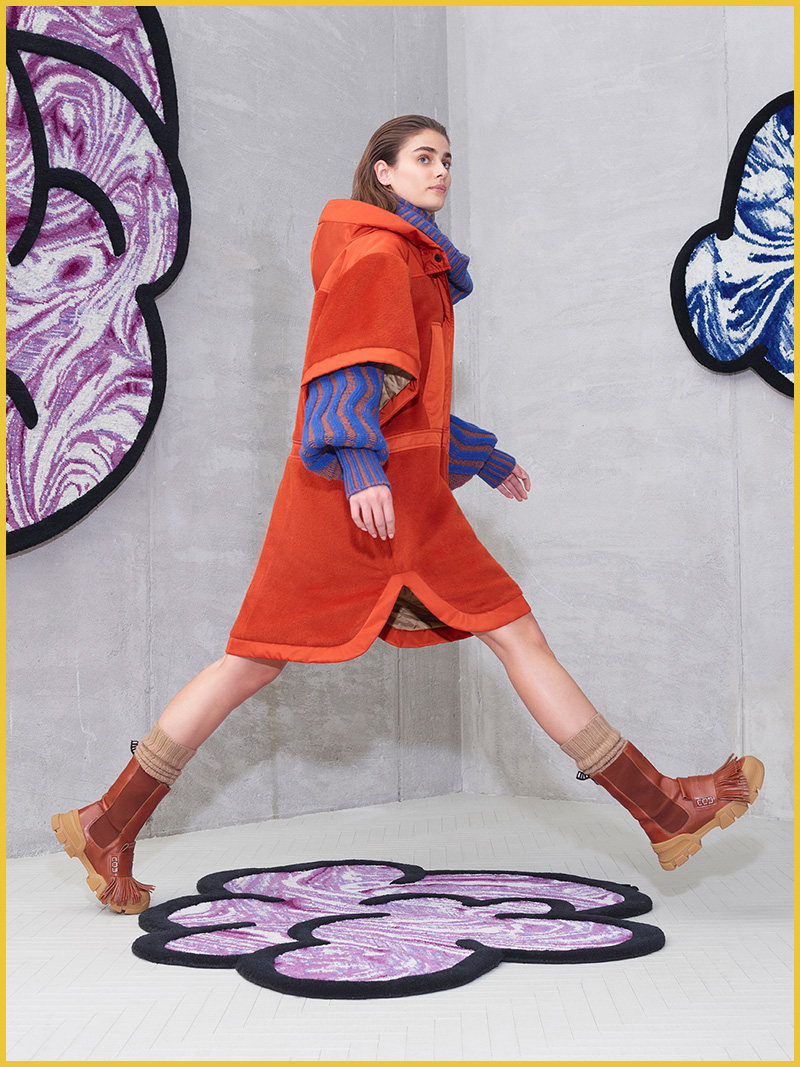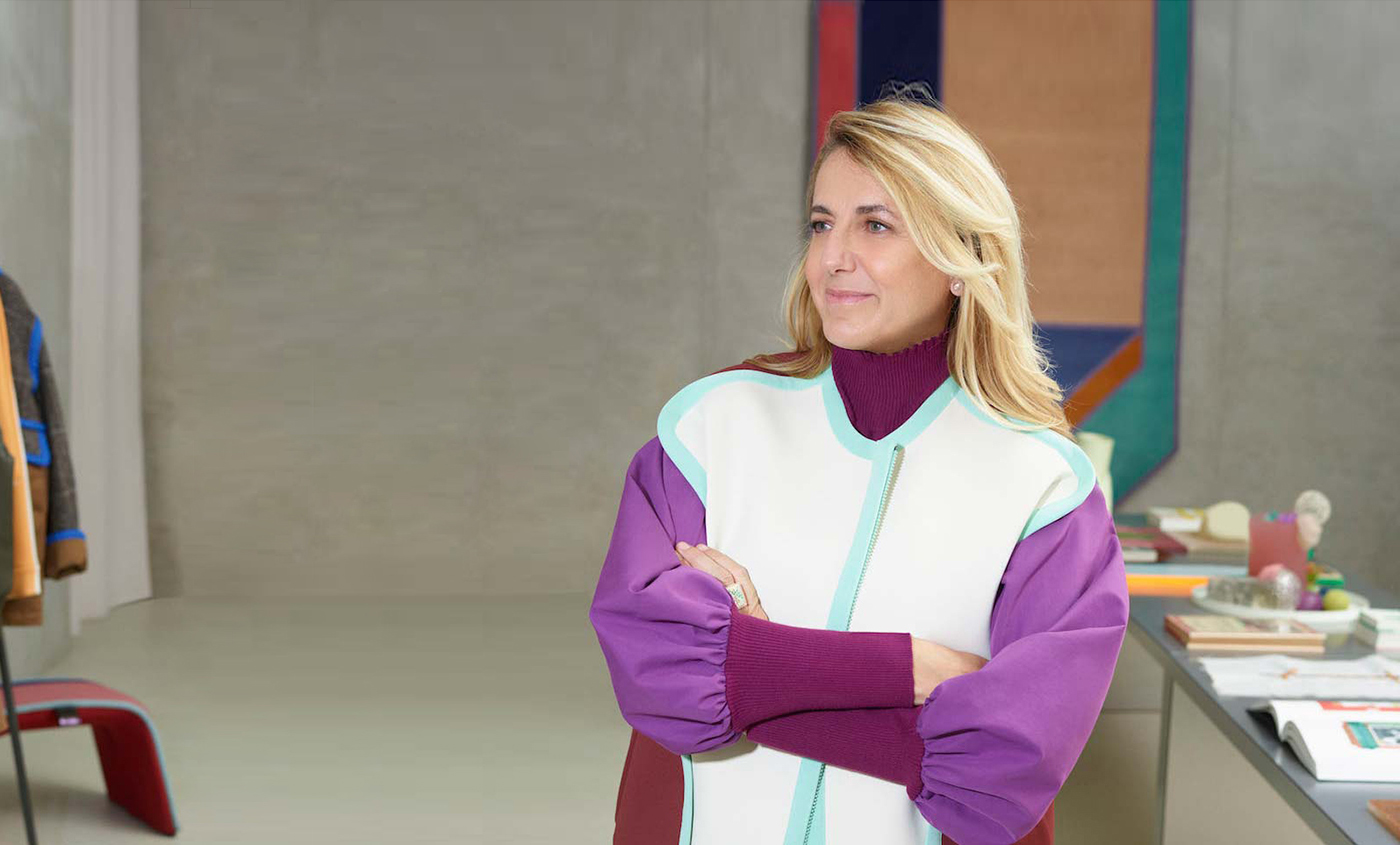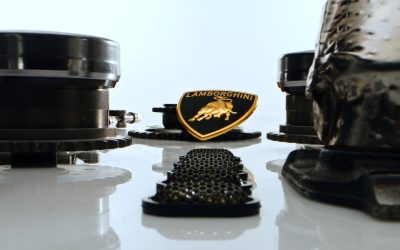Extravagant, the Spanish lady of design and architecture, born in Oviedo and now with an international passport with firm roots in Milan, Italy, Patricia Urqiola was born in 1961. A brilliant mind in constant movement, one of the representatives of eclecticism in design where the joy of experimentation is her unmistakable signature.
by Silvia CUTULI
All projects have a soul: whether essential, poetic, functional or playful. There are always associations in the design that shape creativity,
said Urquiola, who, driven by a passion for planning and design, studied architecture at the Madrid Polytechnic and the Milan Polytechnic, where she graduated in 1989 with Achille Castiglioni. It was in Milan in 2001 that she opened her design studio, a hotbed of ideas and projects for major companies such as Molteni, Moroso, B&B Italia, Flos, Kettal, Cassina Agape, Gan and Alessi.

There are three components of successful design: transparency of process, research and a continuous ability to renew oneself in formal qualities,
she said about design, her greatest love, although her studio is not short of interior design and architecture work, including several showrooms for major companies, hotels, stage sets and private homes. All of this always united by an exuberant drive of inspiration.
Along this path you constantly encounter a new theme, a horizon that emerges and completely occupies you. The truth is that I am attracted to every possible conquest because experimenting also means making mistakes and then trying again. Every fraction of the present contains something about the future. Life is like that. And it is good that it is like that.
Who knows if she had foreseen it, Urquiola, that in her future she would also design clothes, in the tenth Signature Collection HABITO in collaboration with Weekend Max Mara.
Habito in Spanish has the double meaning of ‘habit’ and ‘living’. My work consists of researching every day how we can inhabit a space or live an experience, in multiple aspects. So, why not, clothes can also be part of this research. After all, they are parts of our home that we carry with us on our journey. The narrative of this project is centred on garments that welcome you just like a home, an emotional habitat. Because in design there is always an emotional theme, a quid close to your skin, to your everyday life.





